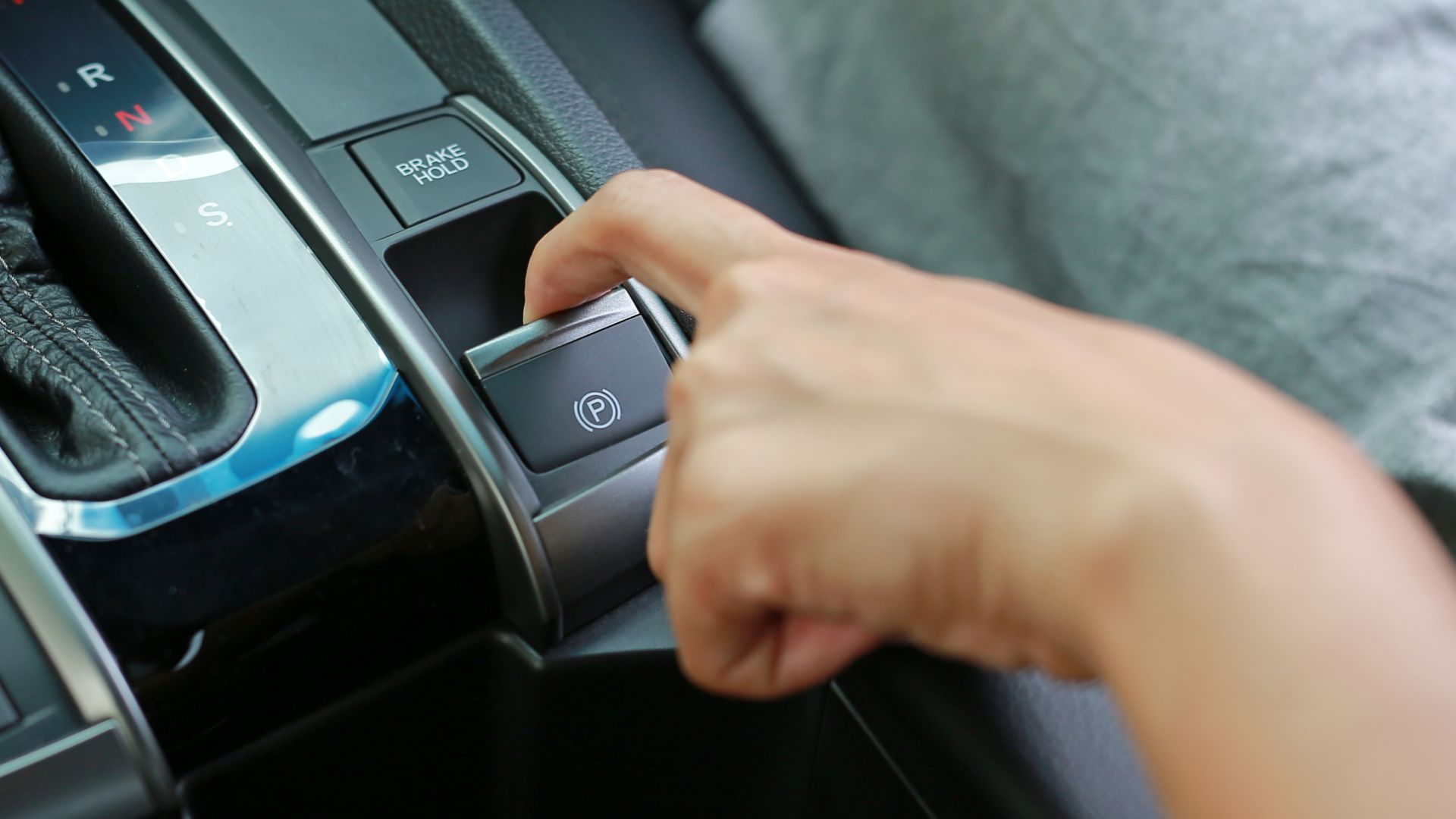

If you’re planning to have some closed-course fun, you can’t pull handbrake turns with them.
CAR HANDBRAKE MANUAL
It can take some getting used to, particularly on manual cars.They’re trickier and more expensive to repair in most cases.Ideal if you’re prone to forgetting to apply the handbrake yourself. May will also automatically apply themselves when you turn the car off.Just to make driving a little bit easier. Many will automatically disengage when you’re pulling away.

Takes up less space in the centre console of your car.Doesn’t require you to physically activate the handbrake, you just need to push a button.Here are some of the pros and cons of each: Pros of an electronic handbrake Are electronic handbrakes better than manual handbrakes?Įlectronic handbrakes have their benefits, but you might find you prefer the old-school manual handbrake too. The feeling of the car tensing at bite can be quite pronounced, and the release can feel pretty severe.ĭon’t be too worried if you find yourself stalling as you get used to it. Some will release with barely a tickle of the accelerator, others need quite a lot of revs.Īs a result, driving a manual car with an electronic handbrake can take some getting used to. There is no industry standard for how much throttle input’ a car needs to release the handbrake, though. In a car with a manual gearbox, it’ll release as you bring the clutch up past the biting point and press the accelerator. Most electronic handbrakes disengage automatically when pulling away.

You can often hear a reassuring whirring noise as the motors do their work. Press or pull the button and motors on the rear brakes press the pads onto the discs. Whatever system a car uses, the principle remains the same: pulling the lever locks the rear wheels so that the car won’t move when you don’t want it to.Įlectronic handbrakes – sometimes called electronic parking brakes – work on the same basis but use electric motors to achieve the locking effect. Some cars have a separate disc and pads on the rear axle specifically for the handbrake. That cable squeezes the car’s rear brake pads or shoes onto the brake discs – or drums – holding the car firmly in place. The traditional handbrake lever tensions a cable when it’s pulled up. Find your next car with carwow How does an electronic handbrake work?


 0 kommentar(er)
0 kommentar(er)
